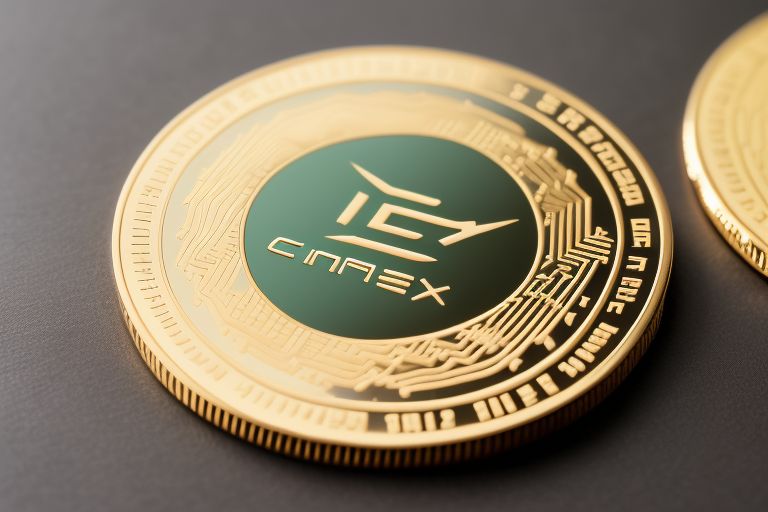This article delves into the concept of crypto restacking, explaining its mechanism and advantages. Restacking in crypto currency involves reinvesting staked crypto assets to leverage compounding earnings over time. Participants either manually or automatically reinvest their staking rewards to boost their initial investment, aiming for higher returns from ongoing staking activities.
Understanding Staking To grasp restacking, it’s crucial to understand the basics of staking. In crypto terms, staking means securing crypto assets in a wallet to support a blockchain network’s operations and security, common in networks utilizing Proof of Stake (PoS) mechanisms or variants.
In PoS networks, the blockchain selects validators to create new blocks and validate transactions based on their staked tokens. Validators receive rewards, usually additional tokens, for their contributions to network security.
Mechanics of Crypto Restaking Crypto restacking amplifies the initial staking by reinvesting earned rewards back into the staking pool. This process enhances the stalker’s investment and can yield greater returns if the network’s reward algorithms are beneficial. The restacking process typically involves:
- Initial Staking: Locking a specific amount of tokens in a staking contract.
- Earning Rewards: Accumulating rewards over time from the staked tokens.
- Reinvesting Rewards: Plowing back these rewards into the staking pool to increase the total staked amount.
- Compounding Returns: This increased investment then produces higher rewards, perpetuating the cycle.
Types of Restaking Restaking can be automated or manual:
- Automated Restaking: Certain platforms automatically reinvest staking rewards, simplifying the process for users by eliminating the need for continuous oversight.
- Manual Restaking: In platforms without automatic restacking, users must manually reinvest their rewards, offering more control over investment timing and strategies but requiring active management.
Benefits of Crypto Restaking The main advantage of restacking is the potential for rapid asset growth through compounding. Continuous reinvestment of rewards can exponentially increase holdings and potential earnings. Other benefits include:
- Enhanced Network Security: More staked tokens enhance the blockchain’s robustness and security.
- Long-term Investment Growth: Restaking fosters long-term growth strategies, aligning investors with the blockchain’s success.
- Passive Income: Like traditional staking, restaking provides a passive income stream, potentially growing due to compounding.
Risks and Considerations Despite its benefits, restacking carries risks:
- Liquidity Risk: Staked assets are not readily accessible, which could be problematic in volatile markets or personal financial crises.
- Market Risk: The value of staked tokens may fluctuate, impacting the real value of compounded rewards.
- Smart Contract Risk: Activities based on smart contracts risk bugs or vulnerabilities that could lead to losses.
The Future of Crypto Restaking As blockchain technologies evolve, particularly those with PoS mechanisms, staking and restacking opportunities will likely expand. Advances in smart contracts and increased automation in staking processes will make restacking more accessible and rewarding for investors.
Crypto restacking marks a pivotal development in cryptocurrency investment strategies. By leveraging the compounding effects of restacking, investors can significantly enhance the growth of their digital assets. However, it’s essential to weigh the potential risks against the benefits carefully in this dynamic investment landscape.














+ There are no comments
Add yours